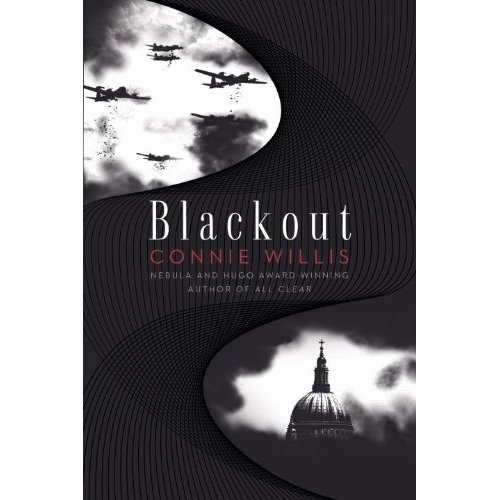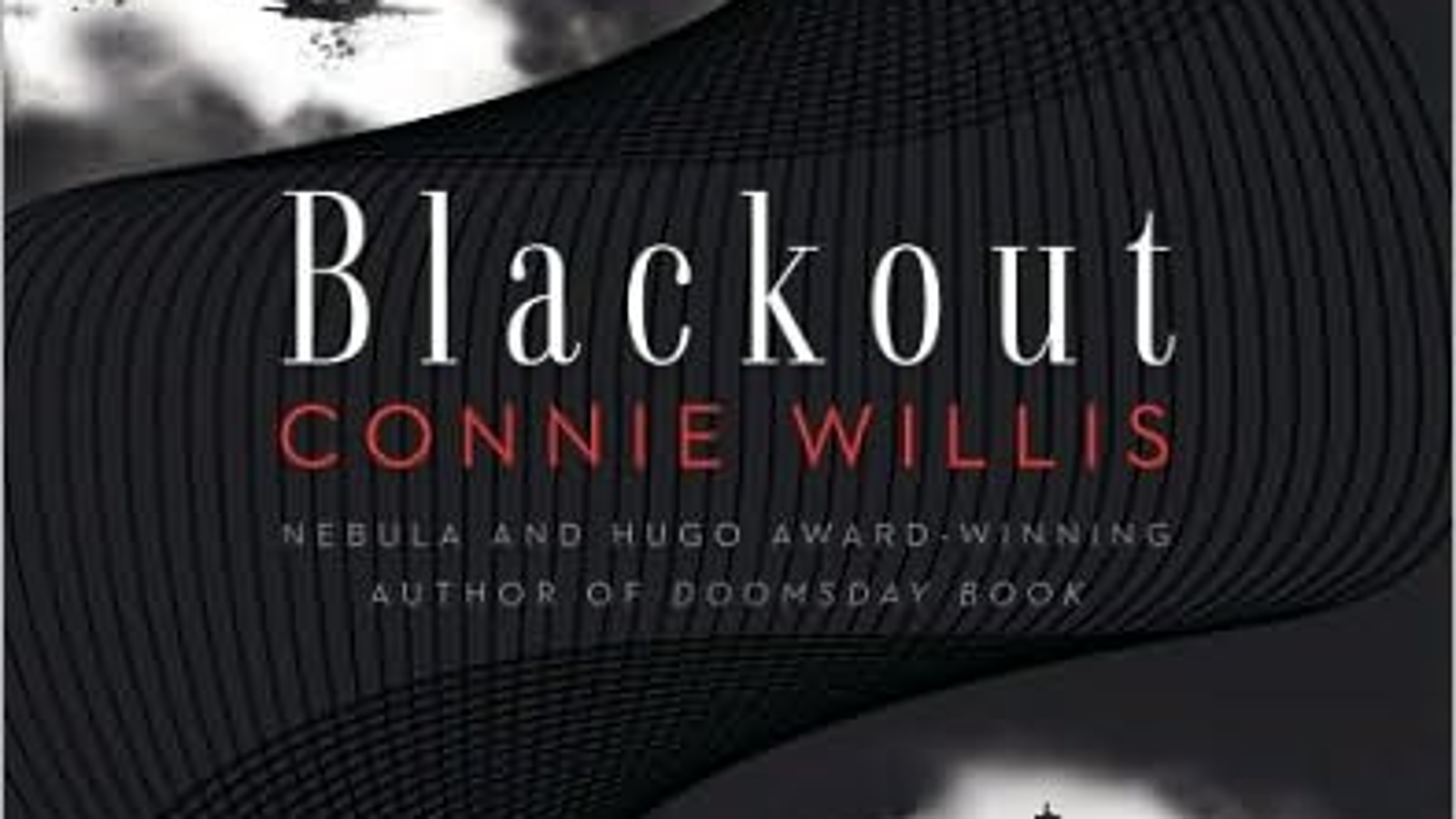
There are vivid scenes in the air raid shelters and Tube stations, as well on the streets and in the shops and cafes as Londoners keep going, despite death falling from the skies night afte rnight. Are they trapped in the past forever? Will they survive the Blitz? And, worst of all, have their actions, even the tiniest, most inconsequential ones, let alone rescuing someone during a bombing raid, changed the course of history? Will the Germans in fact win the war?Ĭonnie sketches an unforgettable picture of London as the bombs fall night after the night from September 1940 to May 1941. But now they face some dreadful questions. All three discover that the time travel technology meant to take them back home (“the drops”) has stopped working.Īfter a whole series of near misses, they eventually meet up in London as the Blitz begins. Three historians travel back from 2060 to 1940: Mike, masquerading as an American reporter, who is meant to go to Dover to witness the evacuation from Dunkirk but instead finds himself on a rickety boat on its way to pick up soldiers from the beaches Merope (who takes the name Eileen), masquerading as a servant in Lady Denewell’s country house in Warwickshire which has taken in child evacuees from London and Polly, who ends up working in a department store on Oxford Street. In Blackout, and its direct sequel All Clear, Connie takes us back to the Second World War again. This was followed by To Say Nothing of the Dog (1998), set in the Edwardian period and in Coventry during the destruction of the Cathedral on 14th November 1940.

Connie returned to the idea in Doomsday Book (1993) in which Kivrin Engel travels back from 2054 to England in 1320 with unforeseen consequences in both times.

This is a notion that she first explored in a short story called Fire Watch (1983) in which an historian joins the fire watch protecting St Paul’s during the Blitz.

Blackout and All Clear are two in a series of novels that Connie has written about “historians,” researchers from the mid 21st century who travel back in time to carry historical research, embedding themselves in the past.


 0 kommentar(er)
0 kommentar(er)
